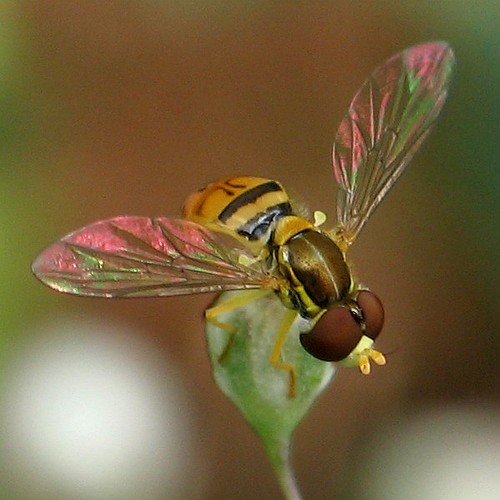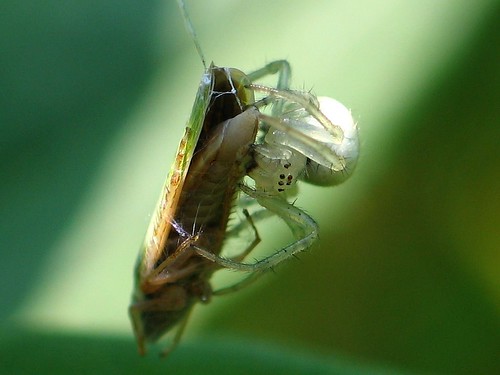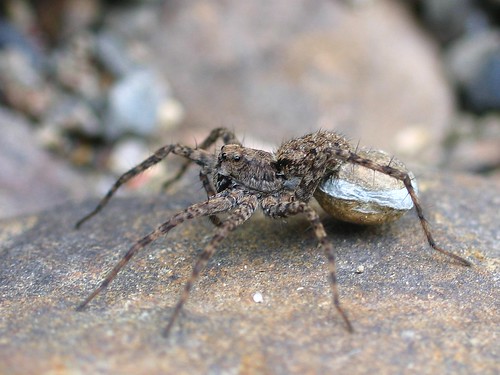ars technica has a
great overview of the probable technology behind the recent non-authorized wiretapping affair. I am not at all a fan of a leader, American, Canadian, or other, feeling that he or she has the authority to eavesdrop on the lives of its citizens with not even minimal oversight. However, that is not what I am most interested in here. The ars technica article outlines an eavesdropping system that essentially samples up to one percent of phone conversations being made at any given time. Knowledge of details such as the country being called is used to home in on the most desirous calls, but the fact remains that an automated system will still come up with a few thousand possible phone lines to monitor every day. The decision as to whether or not a call is of interest is made, at least in part, by looking for keywords in call conversations. So, what we end up with is a surveillance system set up in many ways as a high-tech fishing expedition. The premise for a judicially approved wiretapping system is that wiretaps will be made based on pre-existing evidence. This is at odds with a technology-driven system that uses keyword matching as a large part of its algorithm. No free and fair judicial system would approve wiretapping of its citizens purely on the basis of their having uttered forbidden words while talking on the phone, yet that is what this technology demands. We have a basic conflict here between a technology and its needs and a democracy and its underpinning values and rules. The technology's judgements become
our new judgements. Now, instead of being guilty of having done something illegal, we are guilty of having uttered something forbidden. The axis of our system of justice and valuations of freedoms is moving to a new centre of gravity.
The ars technica article points out that for all its technological beauty, the system being pushed is not one likely to notice only criminals. It is very likely that a machine-driven system will end up flagging lots and lots of non-criminals as potential terrorists or drug dealers or whatever. Once flagged by a beaurocracy, especially one that loathes oversight and transparency,
one is always suspect. We seem to be swimming farther and farther into dangerous waters with very little thought to the implications of our actions. The love of technology instead of thoughtful human insight is not only an American problem. Perhaps they are the early adopters. Perhaps Canada's spies are even less accountable than ours. Perhaps the US system is more leaky or more transparent. The point is that as long as we undervalue human judgement and insight and the checks and balances that keep us free from tyrrany and overvalue technology, we are at risk.
Update: Josh Marshall
comments on this as well
From a technological point of view there's not really much outlandish about this at all. This is just the sort of thing the NSA is in the business of doing overseas. But you can see how this would just be a non-starter for getting a warrant. It is the definition of a fishing expedition.
May I submit that wholesale eavesdropping on people around the world is outlandish, especially if it's done with minimal oversight. The bigger the machine the bigger its appetite and the more likely it will turn on its creators.
















































